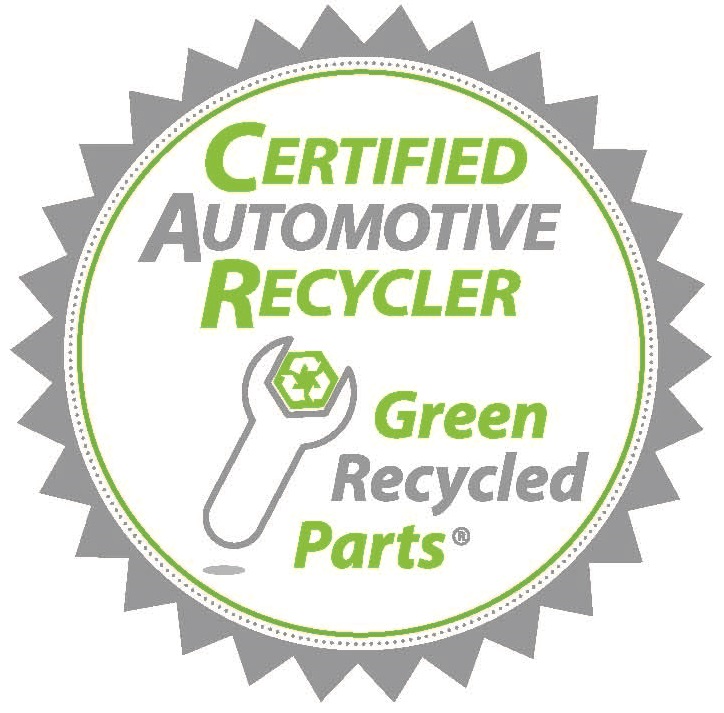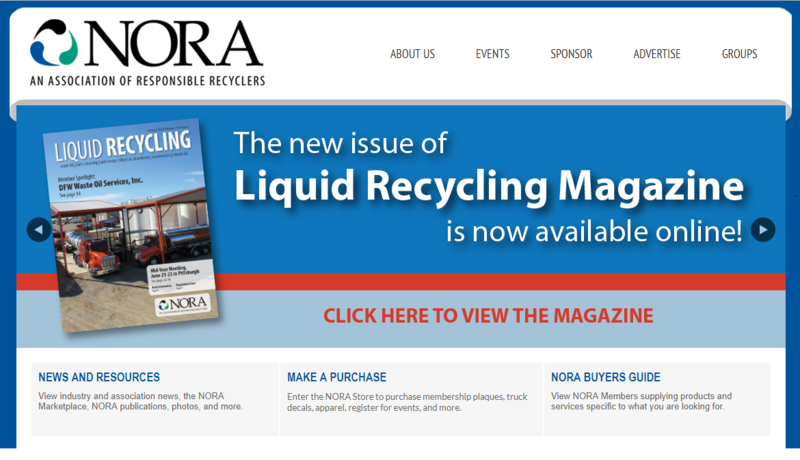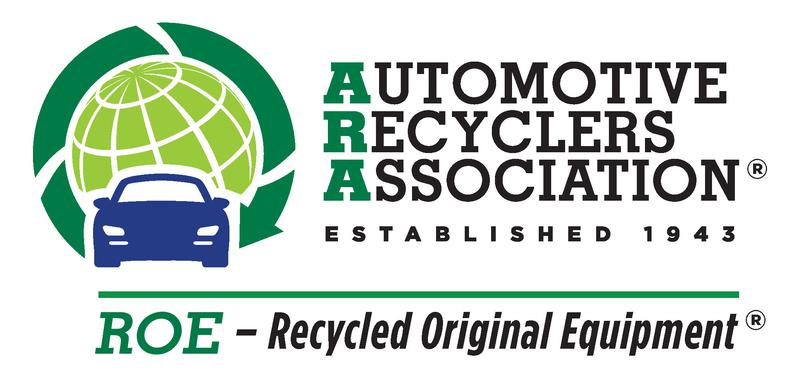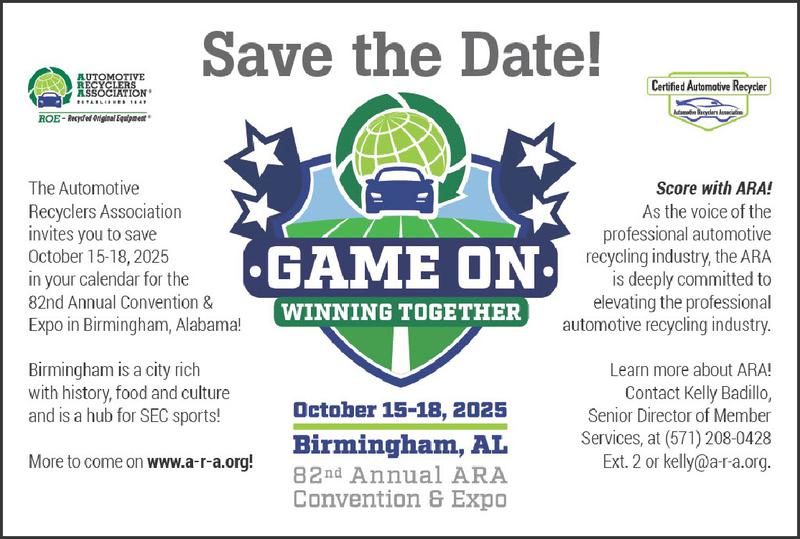While we have tried to present a summary of the essential information on this topic, you should be aware that other items, such as local regulations, may apply to you. Please read the disclaimer.
Oily wastes such as used floor dry or other oil absorbent like clay granules, kitty litter, oil mats or socks can be hazardous due to the contaminants that were absorbed. These wastes must be categorized as hazardous or non-hazardous waste to determine acceptable on and off-site management practices.
A representative sample of oily waste should be sent to an analytical laboratory for testing using the TCLP methodology for the parameters recommended below.
If hazardous, oily waste must be managed on-site in accordance with the applicable generator regulations and disposed off-site by an EPA-permitted hazardous waste management company.
If non-hazardous, oily waste may be recycled on or off site without restriction. The use of used oily waste for dust suppression purposes is specifically banned.
1) Test oily waste to determine if it is hazardous waste.
2) Manage hazardous oily waste according to hazardous waste management rules.
Manage hazardous oily waste according to hazardous waste management rules.
All automotive fluids must be properly removed and managed as part of the dismantling procedure and/or prior to crushing the vehicles. Evacuated fluids include fuel, used oils and antifreeze.
Vehicle dismantling can result in spills and leaks as fluid-containing parts are removed. Vehicle crushing may also release any remaining fluids. Proper management includes draining parts, controlling any leaks and spills, and recycling, reusing, or disposing of the fluids.
The fluid evacuation process at a salvage yard generates the most problematic wastes of any automotive recycling activity. All fluids, whether they are waste or reusable product, pose certain risks if introduced to the environment. Proper handling, storage and disposal of automotive fluids such as fuel, antifreeze and used oil, which includes transmission, brake and other fluids, is key to minimizing exposure to the environment.
Properly remove the following fluids from the vehicle during the dismantling operation:
• Used Oils including transmission fluid and brake fluid
Used Oils including transmission fluid and brake fluid
• Fuel
Fuel
• Antifreeze
Antifreeze
• Wiper fluid
Wiper fluid
Keeping waste types segregated is the best means to compliance and the least expensive way to dispose of the waste. Most regulations pertain to the storage and disposal of wastes. Many automotive wastes have been exempt from more stringent regulation to encourage recycling and to streamline the management of commonly generated wastes.
Used Oil
Used oils, including crank case motor oil and brake, transmission, power steering, rear axle housing and hydraulic fluids, must be managed according to the used oil management standards.
Used oil that has not been mixed with hazardous waste is exempt from hazardous waste regulation provided it is recycled or burned for energy recovery. The use of used oil or oily waste for dust suppression purposes is specifically banned.
On-Site Storage of used oil must meet the following standards:
1) Containers and storage tanks must be in good condition.
Containers and storage tanks must be in good condition.
2) Containers must be clearly marked “Used Oil.”
Containers must be clearly marked “Used Oil.”
3) Fill pipes for underground used oil storage must be clearly marked “Used Oil.”
Fill pipes for underground used oil storage must be clearly marked “Used Oil.”
A used oil generator is the original producer of the used oil. Recycling options for generators of used oil include the following:
1) Provide used oil to a marketer, in this case the generator is not required to test for used oil fuel specifications.
Provide used oil to a marketer, in this case the generator is not required to test for used oil fuel specifications.
2) Self-transport in quantities of 55 gallons or less to a state-recognized used oil collection center.
Self-transport in quantities of 55 gallons or less to a state-recognized used oil collection center.
3) Provide used oil directly to a burner, in this case the generator or the burner becomes a marketer and must test for specification parameters.
Provide used oil directly to a burner, in this case the generator or the burner becomes a marketer and must test for specification parameters.
4) Burn used oil on site in a used oil furnace (or boiler) provided that:
Burn used oil on site in a used oil furnace (or boiler) provided that:
a) Oil is generated on site or collected from Do-It-Yourselfers.
Oil is generated on site or collected from Do-It-Yourselfers.
b) The furnace has a maximum capacity of no more than 0.5 million BTU/hr.
The furnace has a maximum capacity of no more than 0.5 million BTU/hr.
c) The furnace is vented to the outside.
The furnace is vented to the outside.
Used Oil Filters
At one time, used oil filters were regulated like most other wastes generated by businesses; they were subject to the hazardous waste rules, including the requirement to make a hazardous waste determination. In the 1990's EPA amended the regulations to exempt non-tern plated used oil filters from regulation as a hazardous waste if they were properly drained of oil.
A used oil filter that has been properly drained may be recycled as scrap metal. Draining used oil from your filters can be performed using one of the following methods:
• Hot draining should occur for a period of at least 12 hours at or near the engine’s operating temperature and above room temperature (60oF). Filters that immediately drip oil when picked up have not been properly drained.
Hot draining should occur for a period of at least 12 hours at or near the engine’s operating temperature and above room temperature (60oF). Filters that immediately drip oil when picked up have not been properly drained.
• Puncturing the filter anti-drain back-valve contained in most automotive oil filters or the filter dome, and then hot draining; the anti-drain back-valve consists of a rubber flap that creates a vacuum to prevent oil from draining back into the engine.
Puncturing the filter anti-drain back-valve contained in most automotive oil filters or the filter dome, and then hot draining; the anti-drain back-valve consists of a rubber flap that creates a vacuum to prevent oil from draining back into the engine.
• Hot draining and crushing.
Hot draining and crushing.
• Dismantling and hot draining.
Dismantling and hot draining.
• Any other equivalent draining method that will remove the used oil such puncture and cold drain for 24 hours, is common practice.
Any other equivalent draining method that will remove the used oil such puncture and cold drain for 24 hours, is common practice.
Used oil drained from filters can be combined with other used oil. Used oil that has not been mixed with hazardous waste is exempt from hazardous waste regulation provided it is recycled or burned for energy recovery. The use of used oil or oily waste for dust suppression purposes is specifically banned.
The drained filters should be placed in covered drums or containers that prevent rain infiltration. In addition, the drums should be capable of holding any residual used oil that may escape from the filter.
Widely publicized information suggest more information on how to handle used oil filters, may be obtained by contacting the Filter Manufacturers’ Council Regulatory Hotline at (800) 99-FILTER.
Spill Prevention Control and Countermeasure (SPCC)
Facilities with oil storage capacity of 1320 gallons or more (in containers 55 gallons or larger) are required to prepare and implement a Spill Prevention Control and Countermeasures (SPCC) plan to ensure that the appropriate measures have been taken to reduce the risk of oil reaching navigable waters in the event of spill.
Generally, used oil generators that reap the benefit of burning used oil in an approved used oil-fired furnace will need an SPCC plan because the summertime accumulation of oil will require an on-site storage capacity greater than 1320 gallons for all petroleum products including new and used oils, gasoline, diesel and petroleum-based solvent in 55-gallon drums or larger tanks.
Automotive salvage facilities that do not recover the energy of the used oil on-site will benefit from reducing "tankage" or storage capacity of petroleum products to less than 1320 gallons to minimize the impact of potential spills and avoid needing to maintain an SPCC plan.
Title 40, Section 112 of the Code of Federal Regulations (CFR) requires a Spill Prevention Control and Countermeasures (SPCC) plan for facilities with total aboveground petroleum product storage (i.e., new oil, used oil and fuel) capacity in excess of 1,320 gallons (container with volume of 55 gallons or more only). SPCC plans are designed to minimize the potential for a petroleum release to occur and mitigate any environmental impacts in the event one does occur.
Spills
The Emergency Planning and Community Right-to-Know Act (EPCRA) of 1986 was created to help communities plan for chemical emergencies. It also requires industry to report on the storage, use and releases of hazardous substances to federal, state, and local governments. EPCRA requires state and local governments, and Indian tribes to use this information to prepare their community from potential risks.
Section 304. Emergency Notification - Facilities must immediately report accidental releases of EHSs and “hazardous substances” defined under the Comprehensive Environmental Response, Compensation, and Liability Act (CERCLA). Any releases of these substances in quantities greater than their corresponding Reportable Quantities (RQs) must be reported to state and local officials. See also Continuous Release Reporting.
Spills may need to be reported if:
• The hazardous substance has the potential to leave the property by run-off, sewers, tile lines, culverts, drains, utility lines or some other conduit.
The hazardous substance has the potential to leave the property by run-off, sewers, tile lines, culverts, drains, utility lines or some other conduit.
• The hazardous substance has the potential to reach a water of the state - either surface water or groundwater.
The hazardous substance has the potential to reach a water of the state - either surface water or groundwater.
• The hazardous substance can be detected in the air at the boundaries of the facility property by the senses (sight and smell) or by monitoring equipment. There is a potential threat to the public health and safety.
The hazardous substance can be detected in the air at the boundaries of the facility property by the senses (sight and smell) or by monitoring equipment. There is a potential threat to the public health and safety.
• Local officials respond to the incident.
Local officials respond to the incident.
• The release exceeds a Federal Reportable Quantity (RQ).
The release exceeds a Federal Reportable Quantity (RQ).
Sections 311 and 312. Community Right-to-Know Requirements - Facilities handling or storing any hazardous chemicals must maintain Safety Data Sheets (SDSs) forthe chemical present in the workplace. Hazardous chemicals are defined under the Occupational Safety and Health Act (OSHA)and its implementing regulations. SDSs describe the properties and health effects of these chemicals.
RESOURCES
Fact Sheet Status and Disclaimer
The following compliance assistance information for the state is subject to all of the warranties and disclaimers associated with this internet website [Read full disclaimer]. Please note that this information has been submitted or will be submitted to the state agencies responsible for implementing environmental laws and regulations for their review and comment. This note is provided only for your informational purposes and does not change or alter any warranties or disclaimers, including, for example, your responsibility to seek appropriate legal or technical assistance to interpret the state's laws as needed.
The fact sheets are designed to assist automotive recyclers with operating their businesses and managing their wastes in compliance with the environmental laws in Iowa. ECAR tries to provides timely and essential information on this topic, but be aware that other items, such as local regulations and recent changes, may apply. Read the Disclaimer. Return to the ECAR Virtual Tour.
ECAR Fact Sheet USED OIL ABSORBENT or FLOOR DRY WASTE





